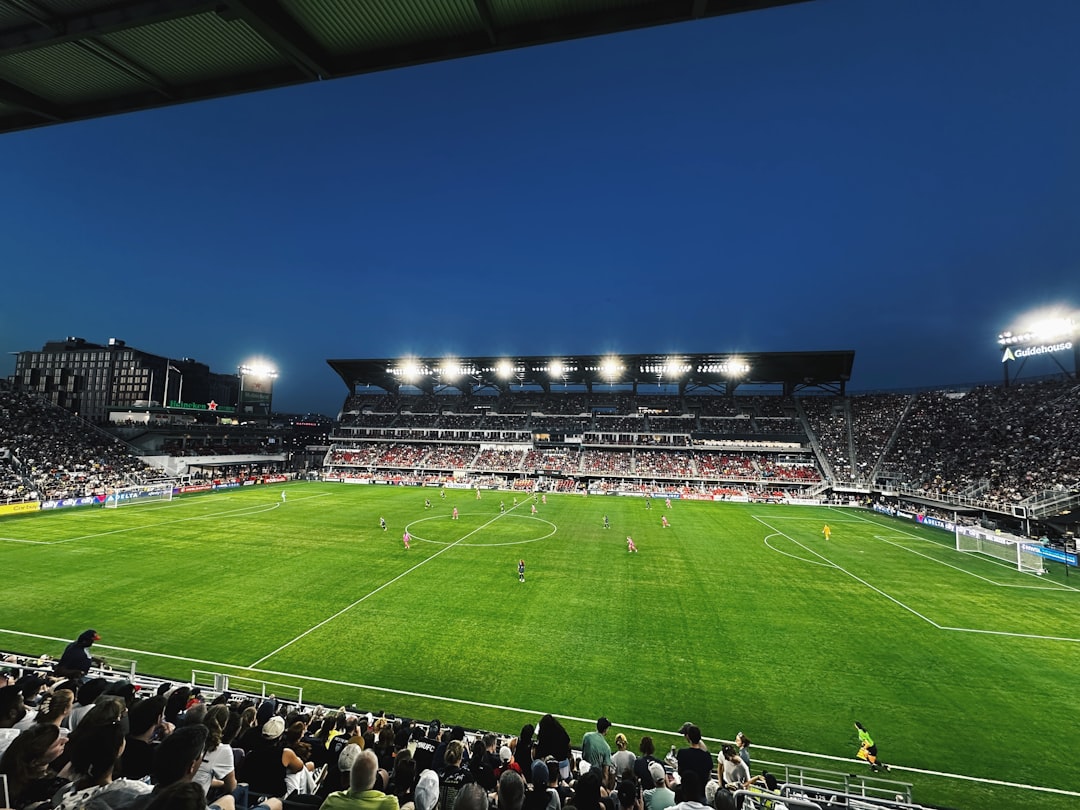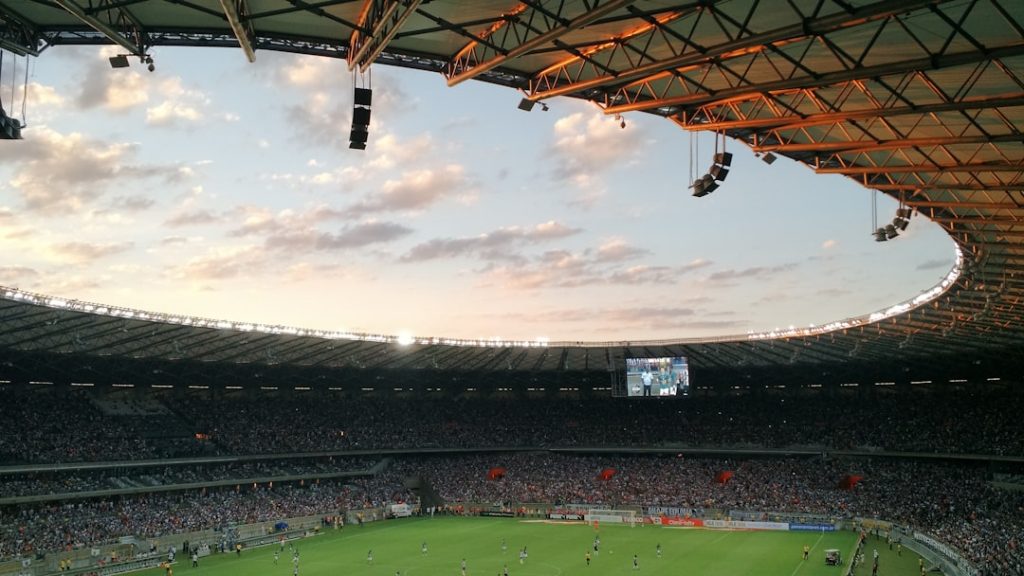Soccer is one of the most popular sports in the world. It’s fast, exciting, and full of surprises. But if you’re just starting to watch or play soccer, you might be wondering: how is time kept in this game?
Unlike some other sports, soccer doesn’t have quarters. Instead, it has halves, added time, and sometimes extra time. Let’s break it down in a fun and simple way!
How Long Is a Soccer Game?
In most adult soccer games, like professional matches, the total game time is 90 minutes, split into two equal halves.
- First Half: 45 minutes
- Half-Time Break: 15 minutes
- Second Half: 45 minutes
So, you get 90 minutes of action, with a short break in the middle to rest up and reset.

Why Is There Added Time?
Games aren’t always clean and non-stop. Players get hurt. Coaches make substitutions. Sometimes there’s just a bit of confusion.
To make up for lost time, the referee adds a few extra minutes at the end of each half. This is called stoppage time or added time.
This time is usually about 1 to 5 minutes, but it can be longer if something major happened, like an injury or long VAR checks.
Important: Only the referee knows exactly how much added time there will be. The clock on the TV keeps running, but the referee keeps the official time on the field.
Wait, What Happens If It’s a Tie?
In most league games, a tie at the end of 90 minutes is just that — a tie. Each team gets one point and the game ends.
But in tournaments, like the World Cup knockouts, we need a winner. This is where extra time comes in!
What Is Extra Time?
Extra time is added only in certain types of matches where a winner must be decided. It includes:
- First Extra Time Period: 15 minutes
- Break: A short pause (usually only 1-2 minutes)
- Second Extra Time Period: 15 minutes
So, that’s 30 more minutes of play after the original 90. If the teams are still tied after that, guess what?
Penalty Shootout!
This is the most thrilling part of the game! Each team takes turns shooting from the penalty spot, and the team that scores the most goals wins.

It’s nerve-wracking and fun to watch, especially when everything is on the line.
But What About Youth and Kids’ Games?
Great question! Not all games last 90 minutes. Here’s a quick look at typical game lengths based on age:
- Under 6: 4 quarters of 6 minutes each
- Under 8: 4 quarters of 12 minutes each
- Under 10: 2 halves of 25 minutes
- Under 12: 2 halves of 30 minutes
- Under 14: 2 halves of 35 minutes
- Under 16: 2 halves of 40 minutes
- Under 19 and up: 2 halves of 45 minutes (standard adult length)
Younger players often play quarters instead of halves, with lots of breaks to help them learn and have fun.
Fun Extras
Here are a few more cool facts about soccer time:
- The soccer clock doesn’t stop unless the referee says so.
- There’s no timeouts like in basketball or football.
- Referees decide when the match ends — not the clock!
- You can score a goal in the very last second of the game!
So the next time you’re watching a match and you see it’s 90 minutes but they’re still playing, now you know why!
Final Whistle
Soccer timing may seem a little strange at first, but it’s actually pretty simple:
- Two halves of 45 minutes
- Added time for stoppages
- 30 minutes of extra time and maybe penalties in knockout games
It keeps the game flowing and fun for everyone. So grab your jersey, turn on a game, and enjoy every second—because in soccer, every second can make magic happen!
